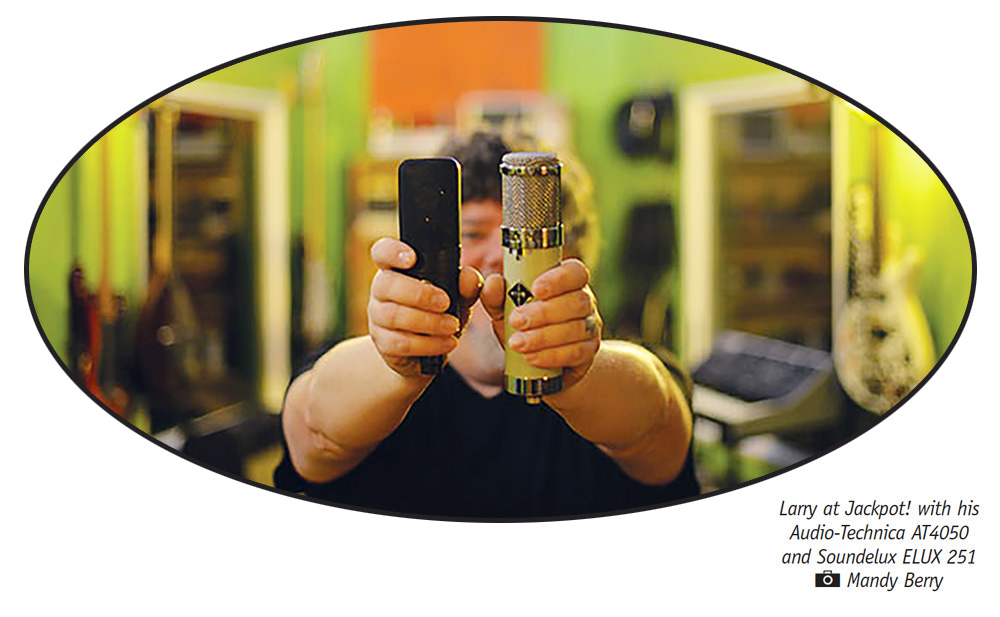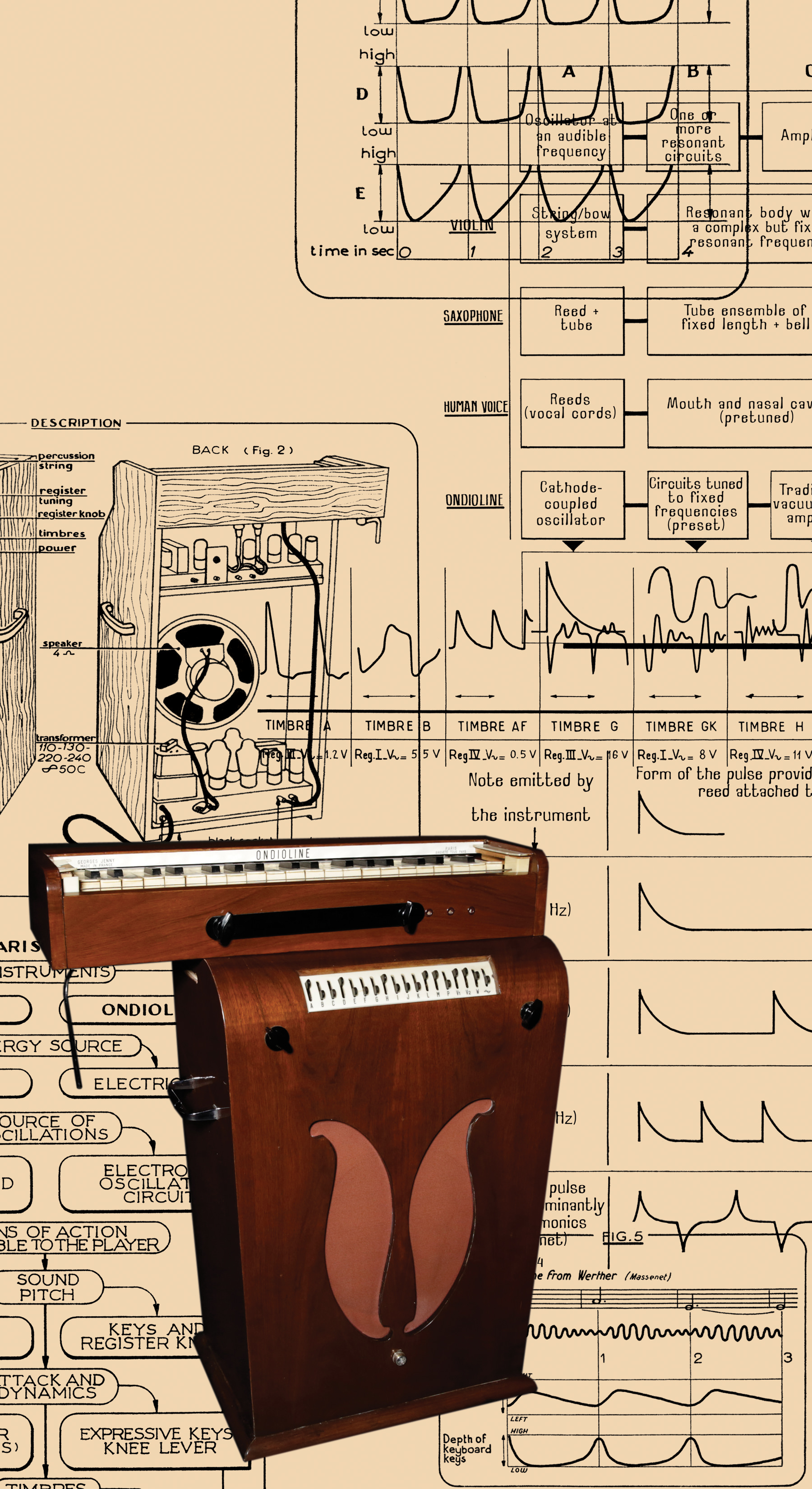Sometimes I feel like maybe I've faked my way into the world of audio recording. I'll be talking to a group of engineers, usually peers around my age or younger, and they'll be rattling off classic, cool gear they own or use. "Oh, that Neumann U 47, into the Neve 1073, and mixed on the SSL G-Series. It sounded great." And I'll be thinking, "I've barely used any of this gear, if at all. Maybe I don't belong in this conversation? I haven't earned the right to be here."

My path came up through small studios, prosumer '80s gear, and making do with what I could get access to. No one has ever fronted the cash to put me in an expensive, classic studio with racks of Pultecs, Fairchilds, and Neve gear, or original Telefunken E LAM 251 mics and vintage Studer tape decks. The best mics I usually have access to are newer, boutique brands that are within my financial reach, and my favorite outboard gear is of similar origins. In fact, you'll see ads in Tape Op for a lot of this equipment. In fact, editing this magazine is how I learned about most of it; including everything from reviewing gear to meeting nice folks at trade shows.
I never interned at a high-end, professional studio with the opportunity to use all the classic gear. But eventually my modest studio has acquired some amazing, new-school gear, and at this point I can get quality sounds that are on par with any studio in the world. Sure, there might be some magic in a rare microphone, but I'm getting records done over here and I think I've figured out what I need and how to do it.
None of us need to use the same gear as everyone else, and no one needs to feel insecure about what they have available. There are a million ways to make a great recording.

